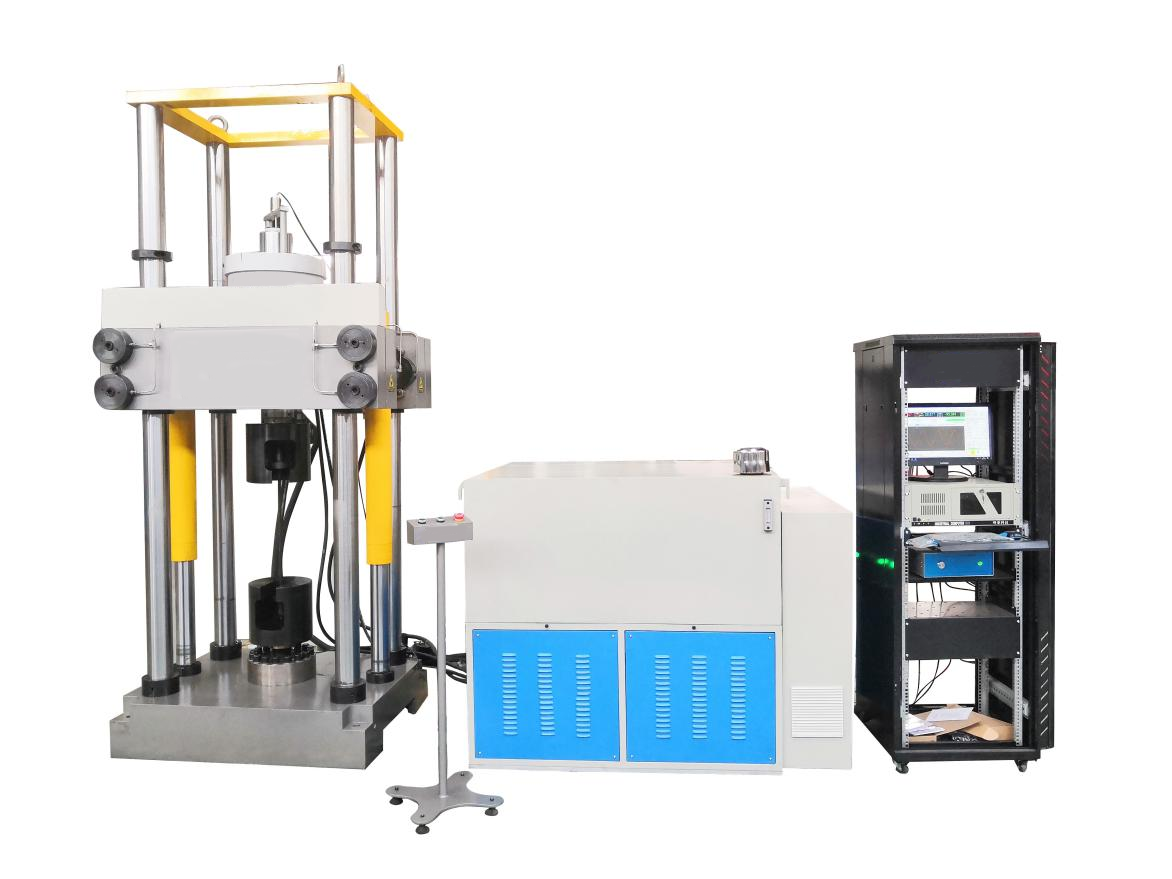What Are Fatigue Testing Machines?
Fatigue testing machines are specialized equipment used to evaluate the durability and longevity of materials under cyclic loading conditions. Fatigue testing is critical in understanding how materials behave when subjected to repetitive stress, which can lead to failure over time. Here's an overview of fatigue testing machines and their use in materials testing:
What Are Fatigue Testing Machines?
Fatigue testing machines are designed to apply repetitive or fluctuating loads to a material sample to simulate the conditions it will experience during its service life. These machines can generate various types of loading cycles, such as tension, compression, bending, or torsion, depending on the test requirements. The key components of a fatigue testing machine typically include:
Load Frame: Provides the structural support for the machine and houses other components.
Actuators: Apply the cyclic load to the specimen. These can be hydraulic, pneumatic, or electric.
Grips/Fixtures: Hold the test specimen in place.
Sensors: Measure the applied load, displacement, and other parameters.
Control System: Regulates the loading cycles and monitors the test parameters.
Types of Fatigue Testing Machines
Rotating Beam Fatigue Tester: Applies cyclic bending stress by rotating the specimen around its axis.
Axial Fatigue Tester: Subjects the specimen to cyclic tension and compression along its longitudinal axis.
Torsional Fatigue Tester: Applies cyclic torsional (twisting) loads.
Bending Fatigue Tester: Subjects the specimen to cyclic bending loads.
Thermal-Mechanical Fatigue Tester: Combines mechanical cyclic loading with thermal cycles to simulate real-life conditions where temperature fluctuations are significant.
How Are Fatigue Testing Machines Used in Materials Testing?
Preparation: The material specimen is prepared according to standardized dimensions and surface finish requirements to ensure consistent results.
Mounting: The specimen is securely mounted in the machine using appropriate grips or fixtures.
Loading: The machine is programmed to apply cyclic loads to the specimen. This could be a constant amplitude loading or variable amplitude loading to simulate more complex service conditions.
Monitoring: During the test, sensors continuously monitor parameters such as load, displacement, strain, and number of cycles.
Data Collection: Data is collected and recorded throughout the test to analyze the material’s response to cyclic loading.
Failure Analysis: The test continues until the specimen fails (cracks or breaks) or until a predetermined number of cycles is reached. The point of failure and the number of cycles endured are recorded.
Analysis: The collected data is analyzed to determine the material's fatigue life, typically represented by an S-N curve (stress vs. number of cycles). This curve helps predict the material’s performance under similar cyclic loading conditions in real applications.
Applications of Fatigue Testing
Automotive Industry: Testing components like suspension parts, drive shafts, and chassis for fatigue resistance.
Aerospace Industry: Ensuring that materials used in aircraft structures can withstand cyclic stresses during flight operations.
Construction: Evaluating the durability of materials used in bridges, buildings, and other infrastructures.
Biomedical Devices: Testing implants and prosthetics for long-term performance under cyclic loading conditions.
Manufacturing: Assessing the longevity of materials used in machinery and tools that experience repetitive stress.
Conclusion
Fatigue testing machines are crucial in materials testing to predict and enhance the durability and safety of components and structures. By simulating real-life cyclic loading conditions, these machines help identify potential failure points and improve material formulations and designs to withstand the demands of their intended applications.
